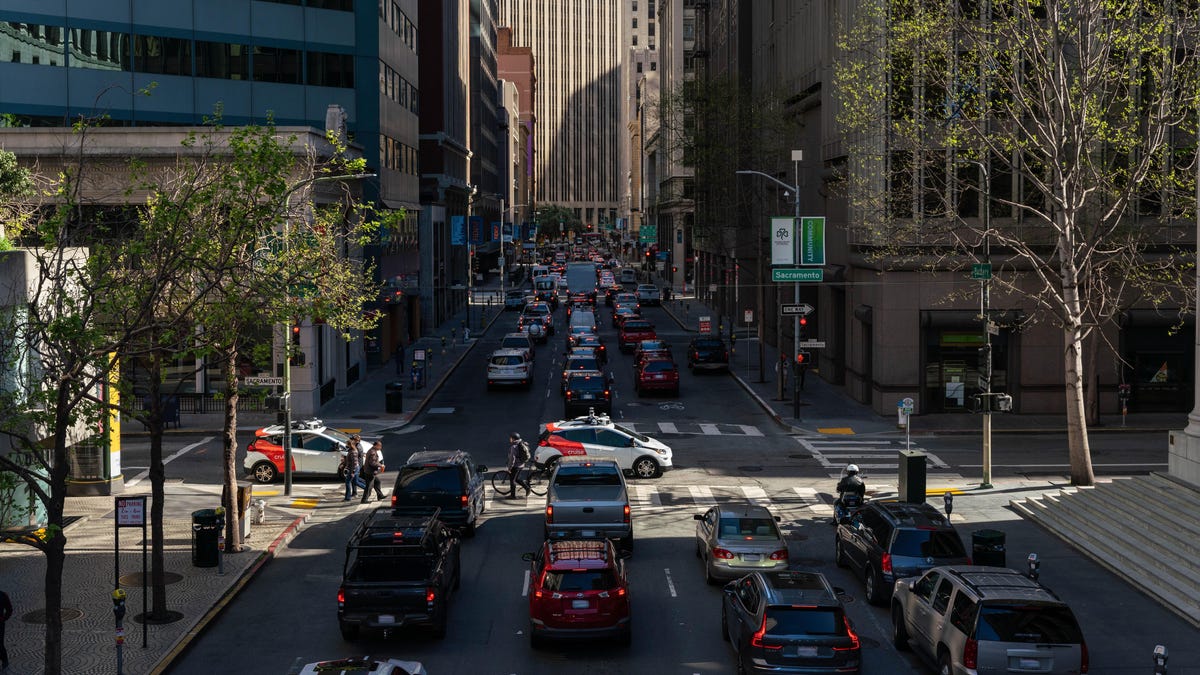Cruise has ceased driverless car operations nationwide. After a very public incident involving a pedestrian, San Francisco officials and California state regulators banned the company from operations in the city, just months after approving an expansion of service. After it was discovered that the company left out key details regarding the incident involving one of its vehicles pinning and dragging a pedestrian that was hit by a human-driven car to the road, the NHTSA has stepped in to investigate the company, too.
That sounds bad, but the storm is just starting to brew for Cruise. The New York Times reports that Cruise’s CEO Kyle Vogt, a man who seems to be overly eager to grow the company is facing a fire on all sides. The company’s ambitious growth and willingness to sidestep regulations has come to bite the company in the ass.
California’s Department of Motor Vehicles last week accused Cruise of omitting the dragging of the woman from a video of the incident it initially provided to the agency. The D.M.V. said the company had “misrepresented” its technology and told Cruise to shut down its driverless car operations in the state.
Two days later, Cruise went further and voluntarily suspended all of its driverless operations around the country, taking 400 or so driverless cars off the road. Since then, Cruise’s board has hired the law firm Quinn Emanuel to investigate the company’s response to the incident, including its interactions with regulators, law enforcement and the media.
Worry is spreading both within the company and outside. Internally, The Times says Cruise employees worry that “there is no easy way to fix the company’s problems.” Outside the company, other autonomous tech companies like Waymo worry that Cruise’s actions have set back the industry and will lead to stronger regulations. Many place the blame is placed on Vogt, who has taken the company on an aggressive expansion since Cruise was acquired by GM for $1 billion in 2016.
However with Cruise operations sidelined because of investigations, the company has become a pricey liability for GM and has put a dent in GM’s plans for the company to make a $1 billion in revenue in 2025:
G.M. has spent an average of $588 million a quarter on Cruise over the past year, a 42 percent increase from a year ago. Each Chevrolet Bolt that Cruise operates costs $150,000 to $200,000, according to a person familiar with its operations.
Head on over to the New York Times to read the rest of the story.

